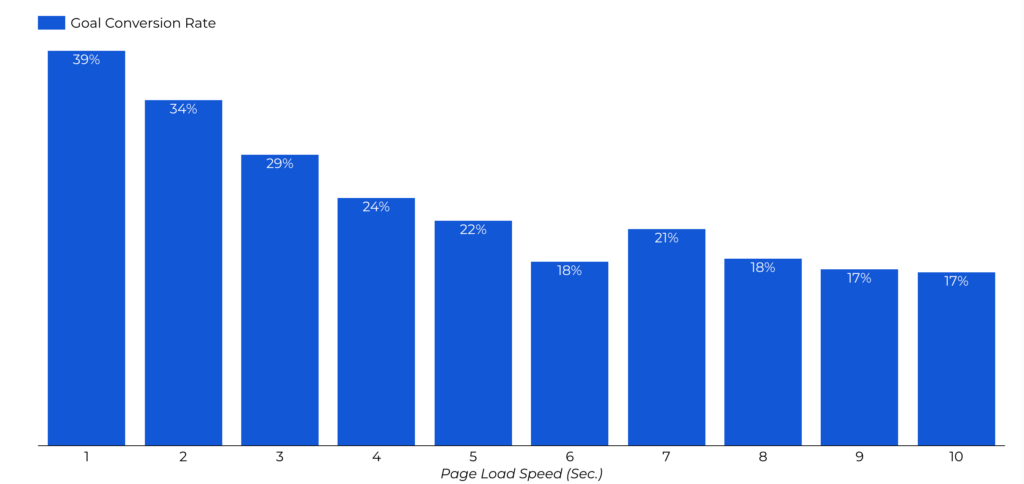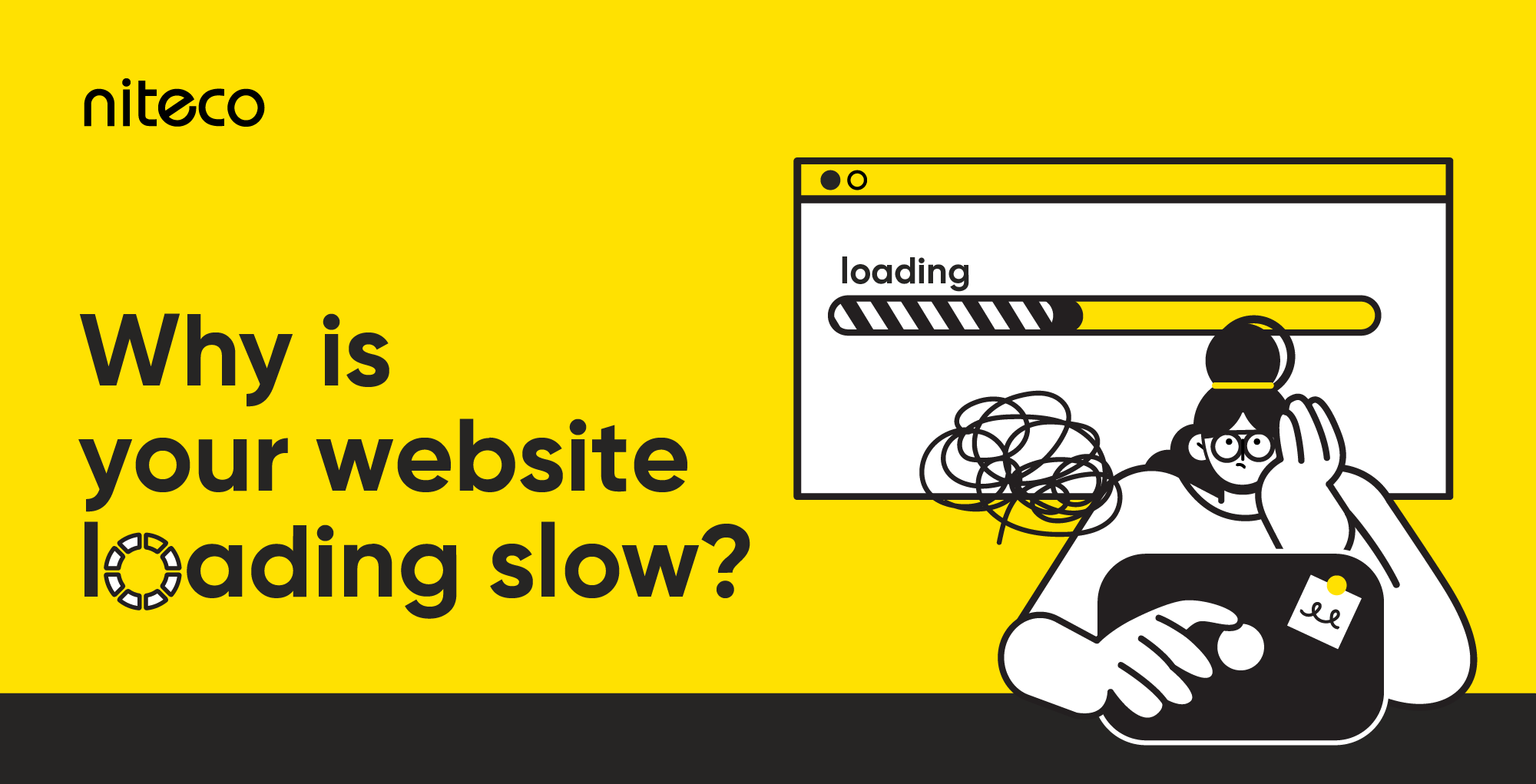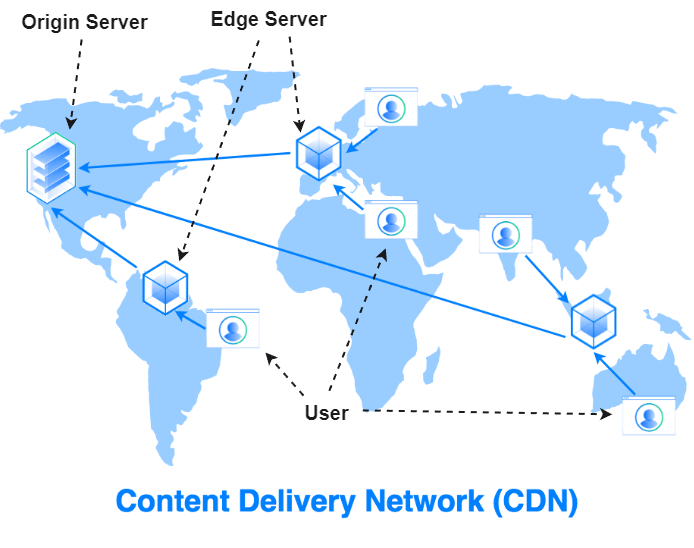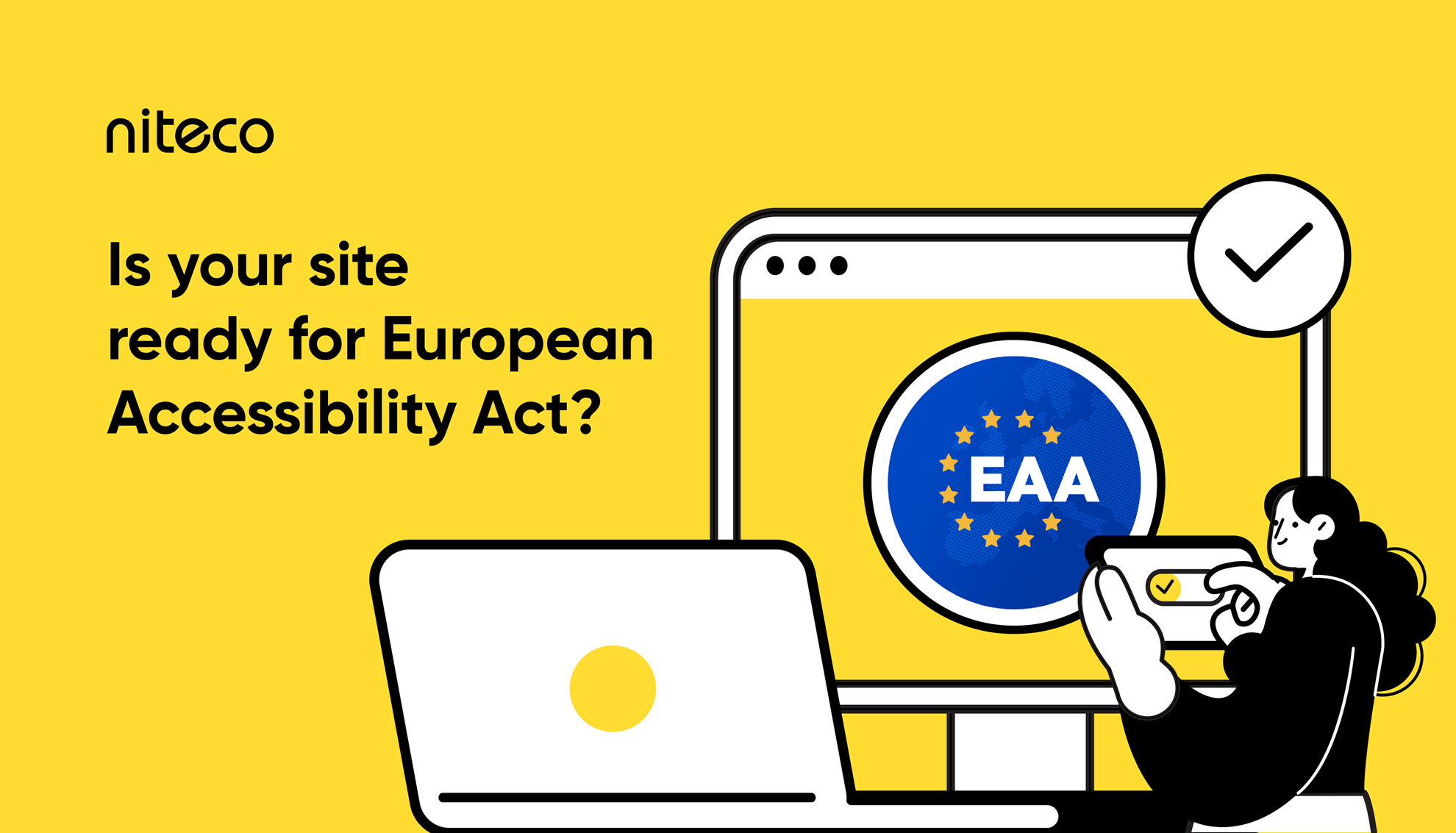In today’s digital landscape, website loading speed is non-negotiable. Users expect websites to load instantly - on any device, under any network condition. If your website is very slow to load, you’re not just losing attention - you’re losing conversions, organic search rankings, and revenue.
If you’ve ever wondered, "why is my website loading slow?" or found that "my website is very slow to load," you're not alone. This article delves into the common culprits behind sluggish website performance like unoptimized images, heavy code, poor hosting, a lack of caching, or too many third-party plugins, ... and offers comprehensive solutions to ensure your site operates at peak efficiency.
Why your website speed matters
If your website is loading slow, you're risking more than just impatient visitors. Nearly 47% of users expect a site to load in 2 seconds or less - wait any longer, and they bounce (Sweor). A delay of even one second can cut conversions drastically. According to Portant, sites that load in one second convert at 39%. But wait six seconds? That rate drops to just 18%.

Speed also plays a major role in how your site ranks on search engines. To get a clearer picture of your site's performance, it’s important to consider how users actually experience your website in real time. One helpful framework for this is Core Web Vitals - a set of real-world metrics that measure loading speed, interactivity, and visual stability. While these metrics are especially relevant for SEO, they also reflect key aspects of overall site performance that matter to visitors.
In short, a website very slow to load frustrates users, kills conversions, and gets buried in search results. Improving load speed isn’t just technical housekeeping, it’s business-critical.
To dive deeper, check out our full article on Why website performance matters here.
Why your website is very slow to load and solutions
Now that we’ve covered why speed matters, let’s get into what’s slowing your site down. Website performance issues usually fall into a few key areas: content-heavy pages, inefficient code, server problems, outdated platforms, and poor optimization techniques. Each of these can hurt both user experience and search engine rankings.
Continue reading to find out the most common reasons your website is very slow to load - and exactly how to solve them!.

1. Excessive HTTP requests may slow down your site
Every time a user visits your site, their browser makes requests to your server for each element on the page - images, CSS files, JavaScript files, fonts, etc. If your site is packed with dozens or even hundreds of separate files, load time balloons.
Solution: Combine CSS and JavaScript files where possible. Use CSS sprites to reduce the number of image requests. Keeping your code clean and assets consolidated speeds up delivery and reduces strain on the server.
2. Bulky images, videos, uncompressed files
High-resolution images, videos, or uncompressed assets can weigh down your pages. This is one of the most common reasons why your website is very slow to load, especially on mobile devices or slower connections.
Solution: Compress your images using tools like TinyPNG or ImageOptim, and convert them to faster formats like WebP. Also, minify your CSS, JavaScript, and HTML using tools like UglifyJS or CSSNano.
3. Inadequate caching make your page load heavier
Without caching rules, browsers must fetch all content from the server on every visit - even for static elements like images, fonts, or scripts. This leads to longer load times, especially for returning users.
Solution: Caching is one of the easiest ways to speed upload time for returning users. Enable browser caching with proper cache headers and implement server-side caching using tools like Varnish or WP Rocket.
4. Too many ads can weigh down your pages
While ads can be a valuable revenue stream - especially for high-traffic sites - they can also be a major source of performance problems. Every ad unit adds additional HTTP requests, and rich media formats like pop-ups, autoplay videos, and interstitials are particularly heavy. These elements delay the loading of your actual content and frustrate users who are just trying to view your site.
Solution: Instead of overloading your site with ads, consider switching to a more strategic, CTA-driven design that promotes conversions organically. If you still use ads, limit their number, prioritize lighter formats, and ensure they load asynchronously so they don’t block core content.
5. Outdated content management system
A content management system (CMS) is the engine behind how your website is built, managed, and delivered. When it’s outdated, it can lack the performance enhancements and security updates needed to keep your site running smoothly. Older CMS versions are often burdened with legacy code and missing modern speed optimization features, leading to slower performance and increased vulnerability. If outdated platforms are dragging down your site, consider upgrading to a modern tech stack geared for high performance – it can eliminate many root causes of slow load times.
Solution: Always update your CMS, along with its themes and plugins, to the latest version. Regular updates improve site speed, fix bugs, and close security gaps.
If your current CMS can’t keep up with performance demands, consider switching to a platform built for speed - like Optimizely, which offers a powerful, scalable solution for fast-loading, personalized experiences. A Forrester Total Economic Impact™ Study found that the platform delivered a 446% ROI and $7.1M in benefits over three years for those who are using it.
As the largest Optimizely AI partner, Niteco has helped leading brands improve their conversion rate by 385% and boosting 11xROI with comprehensive services, from Commerce development and maintenance to ongoing optimization.
6. Poor server performance
When someone clicks on your site, their browser sends a request to your server to retrieve all content. If your server is overloaded or underpowered - common with low-cost shared hosting - it may not respond fast enough. Even a lightweight, optimized website can feel slow if the server it’s hosted on is queuing requests behind dozens of other sites.
Solutions: Upgrading your hosting solution is one of the most effective ways to fix server-related performance issues.
7. Unsuitable server location
The physical distance between your server and the user impacts load time. If your server is located far from your target audience - like a U.S. user accessing a site hosted in Europe - it takes longer for data to travel back and forth. That means slower page loads and a worse user experience, especially for international traffic.
Solution: Look for hosting providers with global data centers so your content is closer to your audience.
8. Inadequate hosting
Basic hosting plans may seem cost-effective, but they often lack the features needed to support dynamic or high-traffic websites. As your site grows and complexity, shared hosting or underpowered servers can’t keep up - leading to frequent slowdowns or even downtime.
Solution: Move from shared hosting to a more robust plan like a Virtual Private Server (VPS), cloud hosting, or dedicated server.
9. Heavy traffic
During peak traffic periods - such as product launches, seasonal promotions, or viral campaigns - your server may struggle to handle the surge in visitors. If it's not built to scale, response time suffers, and users are stuck waiting or bouncing.
Solution: Adding a Content Delivery Network (CDN) can also helps speed up load times by offloading traffic and delivering cached content closer to users.
10. Too many redirects or broken links
Redirects might seem harmless, but they add extra HTTP requests, which can delay page load - especially if they're chained. Broken links, meanwhile, lead to 404 errors that can frustrate users and slow down browser response time as it searches for missing content.
Solution: Regularly auditing your site with tools like Screaming Frog or Ahrefs can help you identify and clean up unnecessary redirects and broken links. This isn’t just about speed - it’s about user trust, keeping your site healthy and SEO friendly.
How to diagnose and manage your website’s speed issues
Effectively diagnosing why your website is loading slow is key to implementing successful solutions.
Our 24/7 Proactive Response team recommends powerful tools such as - Niteco Performance Insight - for effectively conducting web performance tests. These tools highlight specific problems, offer actionable recommendations, and track ongoing improvements.
Tools like Google PageSpeed Insights, GTmetrix, and WebPageTest also provide invaluable data, identifying bottlenecks and offering actionable recommendations.
For other options and guidelines, visit our comprehensive guide: The 4 Web Performance Test Tools You Should Be Using.
Extra tips on how to fixing slow loading website
Already tackled the basics, but your website is still lagging? That’s a sign it’s time to go a step further. These extra strategies can give your site the final push toward lightning-fast performance.
Use a content delivery network (CDN)
As already mentioned, CDN is a true hero when it comes to sluggish websites. CDN is one of the most effective tools for fixing slow website load times for static content, especially for global audiences. It works by storing cached versions of your content across a network of servers in different geographical locations.

Implementing lazy loading
Lazy loading is a smart way to improve initial page speed by only loading images or videos when they’re about to appear on the user’s screen. Instead of forcing the browser to load every media file at once (even ones the user may never scroll to), lazy loading defers this until needed. This is especially useful for long or media-heavy pages like product listings or blogs with lots of embedded visuals.
Using AMP (accelerated mobile pages)
If your mobile site is very slow to load, AMP could be the fix. Developed by Google, AMP is a stripped-down framework that prioritizes speed on mobile by enforcing lightweight HTML and streamlined CSS. AMP pages load almost instantly and are often favored in mobile search results. While not ideal for every site type, AMP is powerful for news, blog content, and landing pages that need to load fast and rank well on mobile search.
Conclusion: Recap and future proofing your website speed
A slow-loading website doesn’t just frustrate users - it hurts your rankings, increases bounce rates, and directly impacts revenue. Fortunately, you have many solutions to take on these common website performance issues. From reducing HTTP requests and optimizing bulky files to upgrading your server and using tools like CDNs and lazy loading, every improvement counts.
Again, website speed isn’t a one-time fix; it’s an ongoing process. As technology evolves, so do user expectations and performance benchmarks. Staying current with the latest best practices is essential to maintaining fast load times and delivering a seamless digital experience.
Ready to optimize your website’s speed today? Contact us to find out how we can help you.
FAQs about why your website is slow to load
Slow browser load times are often caused by heavy page content, too many scripts, unoptimized images, or inefficient code. It can also result from server delays or poor caching. Even with a strong internet connection, a poorly built website will load slowly.
A fast internet connection helps, but website speed also depends on server performance, file size, third-party scripts, and page design. If a site is poorly optimized, it will still load slowly regardless of your internet speed.
You can test your website speed using performance monitoring tools like Niteco’s performance insights for a full performance breakdown and fix recommendations or using other tools like GTmetrix, Pingdom, Google PageSpeed Insights,...
to transform your business and drive results?



